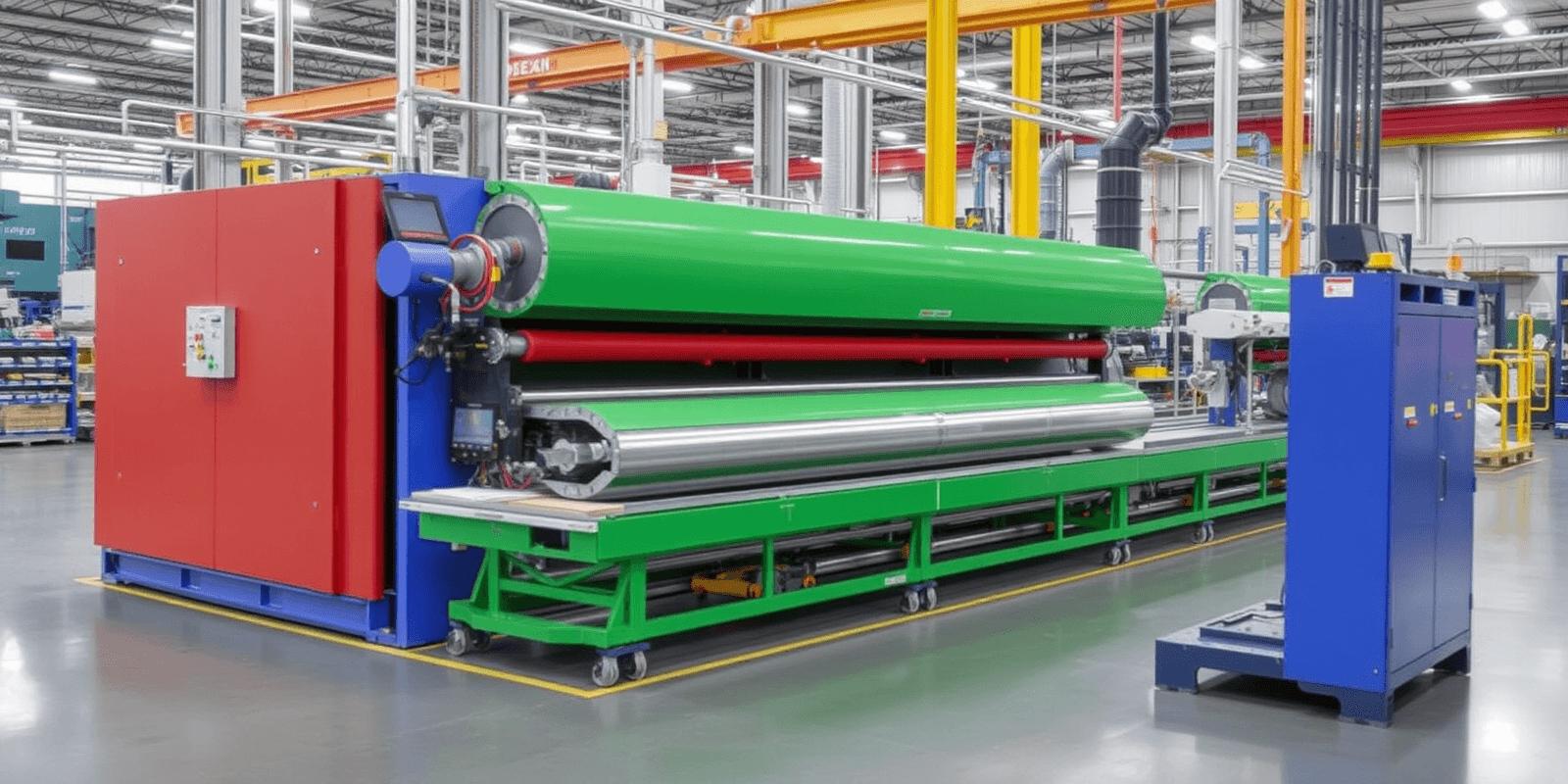Understanding WPC Manufacturing Processes: A Comprehensive Guide
Wood-Plastic Composites (WPC) have become increasingly popular in recent years due to their durability, versatility, and eco-friendly nature. These materials are used in a wide range of applications, from outdoor decking and fencing to interior flooring and furniture. The key to the success of WPC products lies in the WPC manufacturing processes and techniques that are employed. In this comprehensive guide, we will explore the different WPC manufacturing processes, including extrusion, injection molding, and thermoforming, and discuss the advantages of each technique and how they contribute to the durability and versatility of WPC products.
Introduction to WPC Manufacturing
WPCs are composite materials made from a combination of wood fibers and thermoplastics. The wood fibers provide the natural look and feel of wood, while the thermoplastics offer enhanced durability and resistance to moisture, rot, and pests. The manufacturing process is crucial in determining the quality and performance of the final product. Different WPC manufacturing processes and techniques can be used to produce a variety of WPC products, each with its own set of advantages and applications.
Extrusion: The Most Common WPC Manufacturing Process
Extrusion is the most widely used WPC manufacturing process. It involves forcing a mixture of wood fibers and thermoplastics through a die to create a continuous profile. This process is ideal for producing long, uniform profiles such as decking boards, railing, and fencing. The extrusion process allows for the creation of complex shapes and designs, making it highly versatile.
Advantages of Extrusion
- High Production Efficiency: Extrusion is a continuous process, which means it can produce large volumes of WPC products at a high rate.
- Consistent Quality: The process ensures that the material is uniformly mixed and shaped, resulting in consistent quality and performance.
- Versatility: Extrusion can be used to create a wide range of profiles and shapes, making it suitable for various applications.
According to industry experts, extrusion is the go-to method for producing WPC products due to its efficiency and ability to handle a wide range of materials. As noted by CompositesWorld, the global WPC market is expected to grow significantly, driven by the increasing demand for sustainable and durable building materials.
Injection Molding: Precision and Detail
Injection molding is another important WPC manufacturing process that is particularly useful for creating intricate and detailed parts. In this process, the WPC material is heated and injected into a mold, where it cools and solidifies to form the desired shape. Injection molding is commonly used for producing smaller, more complex components such as furniture parts, automotive components, and consumer goods.
Advantages of Injection Molding
- Precision and Detail: Injection molding allows for the creation of highly detailed and precise parts, making it ideal for complex designs.
- High Strength and Durability: The process ensures that the material is evenly distributed, resulting in strong and durable products.
- Cost-Effective for Large Volumes: Once the mold is created, the process can produce large quantities of identical parts at a relatively low cost.
Industry experts highlight the importance of injection molding in the WPC industry, particularly for applications that require high precision and detail. According to Plastics News, the use of injection molding in WPC production is gaining traction, especially in the automotive and consumer goods sectors.
Thermoforming: Flexibility and Customization
Thermoforming is a WPC manufacturing process that involves heating a sheet of WPC material until it becomes pliable, then shaping it over a mold using vacuum or pressure. This process is often used for creating three-dimensional shapes and is particularly useful for producing items such as packaging, containers, and decorative panels.
Advantages of Thermoforming
- Flexibility and Customization: Thermoforming allows for the creation of a wide range of shapes and sizes, making it highly customizable.
- Cost-Effective for Small Runs: The process is relatively simple and does not require expensive molds, making it cost-effective for small production runs.
- Lightweight and Durable: Thermoformed WPC products are lightweight yet durable, making them ideal for applications where weight is a concern.
Thermoforming is becoming increasingly popular in the WPC industry, particularly for applications that require flexibility and customization. According to Plastics Technology Online, the use of thermoforming in WPC production is expanding, driven by the need for lightweight and durable solutions in various industries.
Current Trends in WPC Technology
The WPC industry is continuously evolving, with new technologies and innovations being developed to improve the performance and sustainability of WPC products. Some of the current trends in WPC technology include:
- Biodegradable and Recyclable Materials: There is a growing focus on developing WPCs that are biodegradable and recyclable, reducing their environmental impact.
- Enhanced Durability and Performance: Research is being conducted to improve the durability and performance of WPCs, making them more resistant to weathering, UV radiation, and other environmental factors.
- Integration of Smart Technologies: The integration of smart technologies, such as sensors and self-healing materials, is being explored to enhance the functionality and longevity of WPC products.
These trends are driving the development of new WPC manufacturing processes and techniques that can meet the growing demand for sustainable and high-performance materials. As noted by Research and Markets, the global WPC market is expected to continue growing, driven by the increasing adoption of eco-friendly and durable building materials.
Conclusion
Understanding the different WPC manufacturing processes and techniques is essential for producing high-quality and durable WPC products. Each process, whether it is extrusion, injection molding, or thermoforming, has its own set of advantages and is suited for specific applications. By leveraging these processes, manufacturers can create a wide range of WPC products that meet the diverse needs of the market. As the WPC industry continues to evolve, new technologies and innovations will further enhance the performance and sustainability of WPC products, ensuring their continued growth and popularity.
For more information on WPC manufacturing and the latest trends in the industry, you can refer to the following resources:

